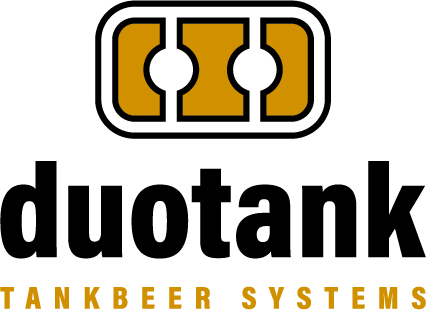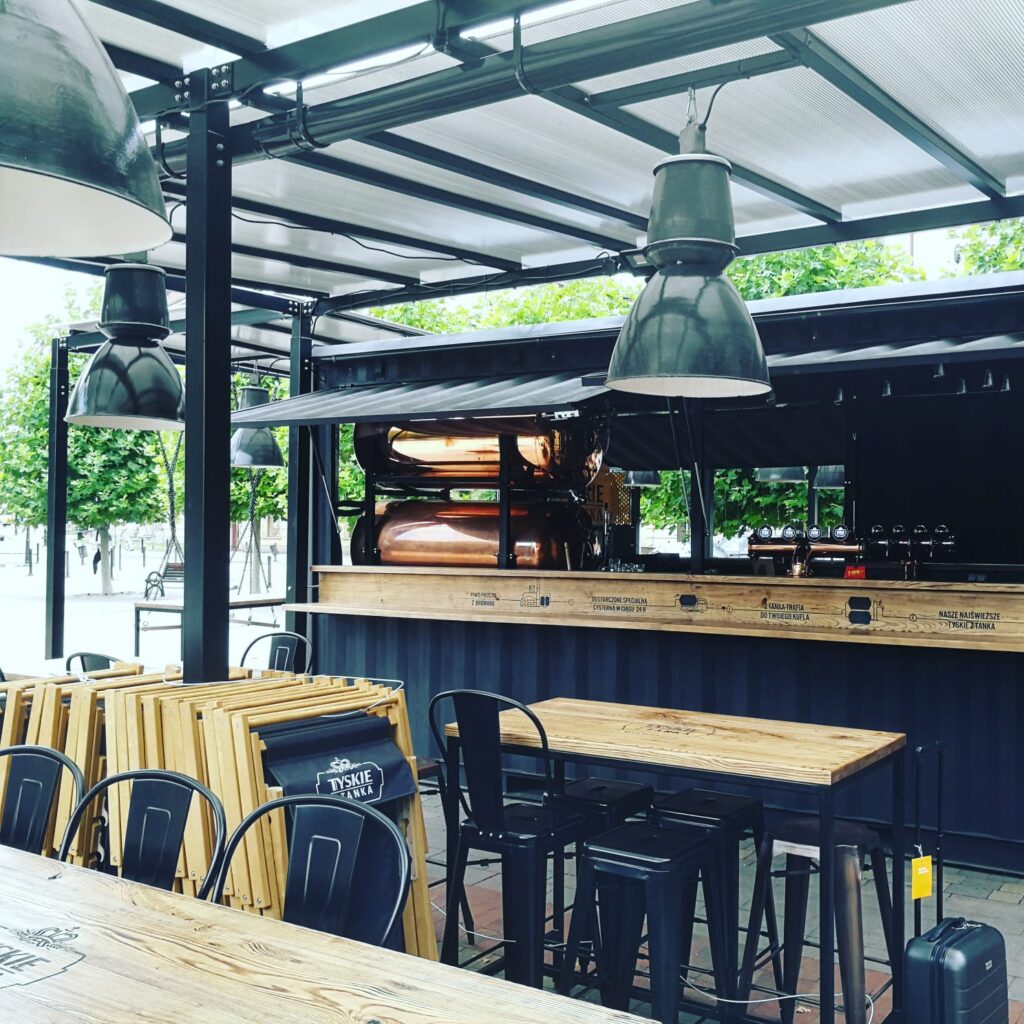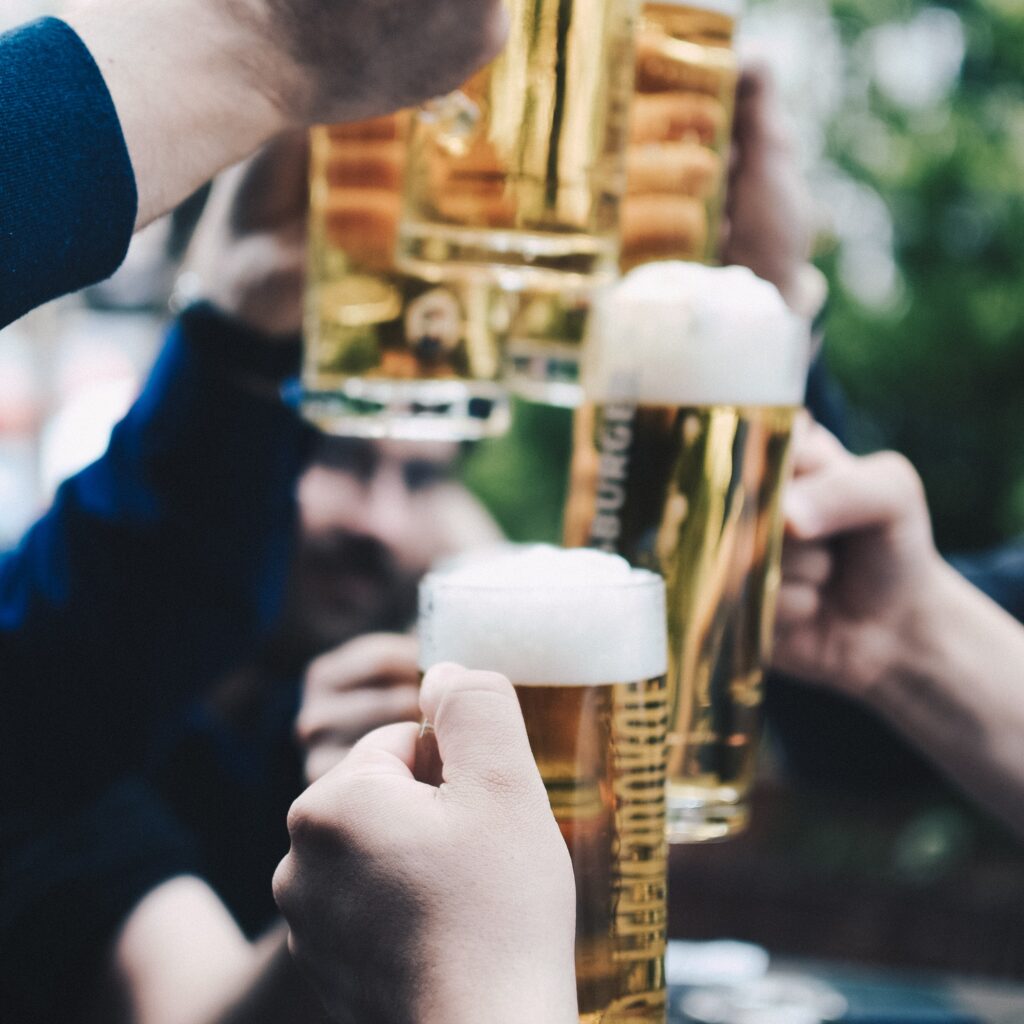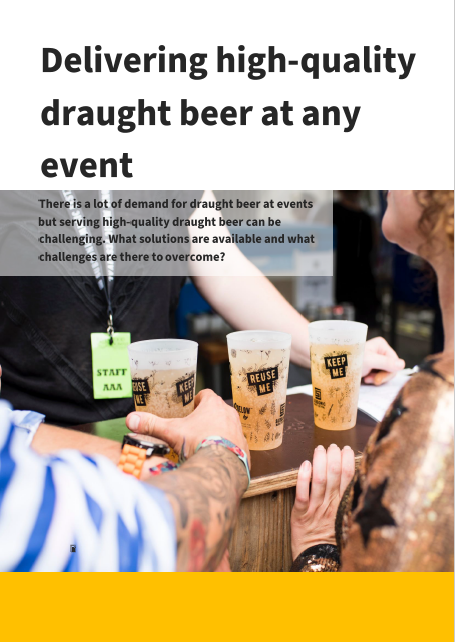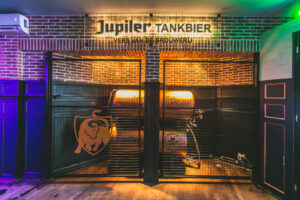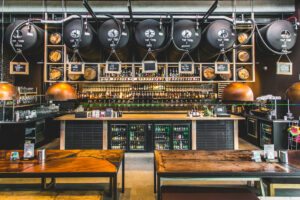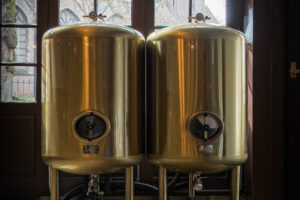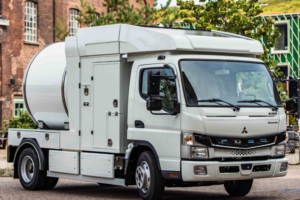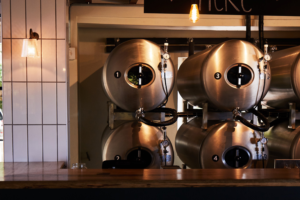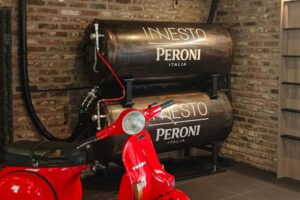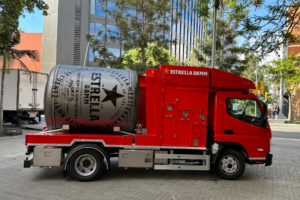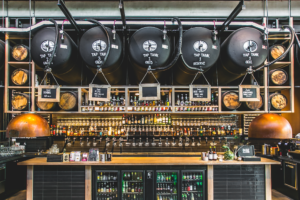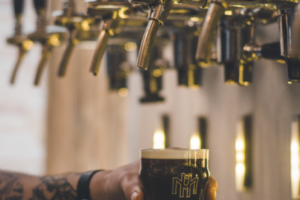As a brewer, you want to make sure your customers get the optimum experience when they order your beer in a bar.
Now that organizers have the green light to organize their events, you as a brewer have to figure out the best possible way to get your beer there. At events, there are often rules regarding how the visitors should consume the drinks. Increasingly we are seeing that hard cups will be obligatory, which is why draught beer is the best solution. But what is the best way to serve draught beer nowadays and what are the challenges?
The experience of drinking beer, starts with a perfect pour
Serving beer perfectly at an event depends on even more factors than with a permanent installation. The conditions are a lot more variable and often the infrastructure is built for a one-off event. Events are often held outdoors, which means you have to deal with much greater differences in temperature than you would indoors. When kegs of beer are delivered a day before an event, there is often no capacity to store all the kegs in a refrigerator. The differences in outdoor temperature will affect the quality. Moreover, most events take place in the summer, which means that the outdoor temperatures can be high. There must be strong beer coolers at the bar in order to be able to pour a good draught beer at all. When large volumes of beer are sold, few coolers that can keep up when connected to warm kegs.
